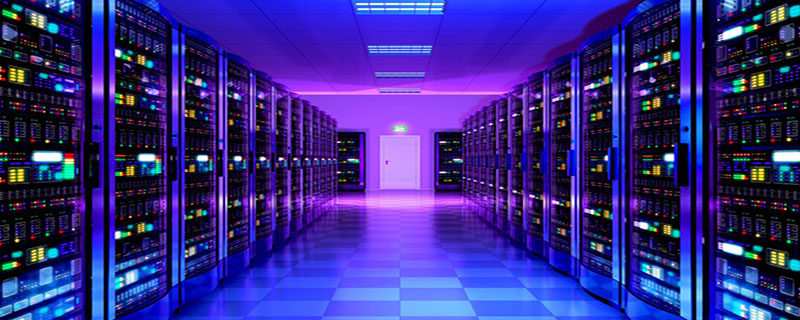Home >Common Problem >Which generation do computers currently belong to?
Which generation do computers currently belong to?
- 藏色散人Original
- 2020-04-23 11:44:4334201browse

Which generation do the computers so far belong to?
Computers so far belong to the 4th generation.
1st generation: tube digital machine (1946-1958)
In terms of hardware, the logic components use vacuum tubes, and the main memory uses mercury delays Line, cathode ray oscilloscope tube electrostatic memory, magnetic drum, magnetic core; external memory uses magnetic tape. The software uses machine language and assembly language. The application fields are mainly military and scientific computing.
The disadvantages are large size, high power consumption and poor reliability. The speed is slow (generally thousands to tens of thousands of times per second) and expensive, but it lays the foundation for future computer development.
2nd Generation: Transistor Digital Machine (1958-1964)
Hardware operating system, high-level language and its compiler application fields are scientific computing and transactions Mainly processing, and began to enter the field of industrial control. It is characterized by reduced size, reduced energy consumption, improved reliability, increased computing speed (generally 100,000 operations per second, and can be as high as 3 million operations), and performance that is greatly improved compared to the first generation computers.
3rd Generation: Integrated Circuit Digital Machine (1964-1970)
In terms of hardware, the logic components use medium and small scale integrated circuits (MSI, SSI). Main memory still uses magnetic cores. In terms of software, time-sharing operating systems and structured and large-scale programming methods have emerged. It is characterized by faster speed (generally millions to tens of millions of times per second), reliability has been significantly improved, prices have further dropped, and products have become generalized, serialized and standardized. Application fields began to enter the fields of word processing and graphics and image processing.
4th Generation: Large Scale Integrated Circuit Machine (1970 to present)
In terms of hardware, logic components use large-scale and very large-scale integrated circuits (LSI and VLSI) . In terms of software, database management systems, network management systems and object-oriented languages have emerged. In 1971, the world's first microprocessor was born in Silicon Valley, USA, ushering in a new era of microcomputers. The application fields are gradually moving from scientific computing, transaction management, and process control to the home.
Due to the development of integration technology, semiconductor chips are more integrated. Each chip can accommodate tens of thousands or even millions of transistors, and the arithmetic units and controllers can be concentrated on one chip, thus Microprocessors appeared, and microprocessors and large-scale and very large-scale integrated circuits can be assembled into microcomputers, which are what we often call microcomputers or PCs. Microcomputers are small, cheap, and easy to use, but their functions and computing speed have reached or even exceeded those of large computers in the past. On the other hand, various logic chips manufactured by large-scale and ultra-large-scale integrated circuits have been used to create supercomputers that are not very large in size but can operate at a speed of 100 million or even billions of operations. After our country successfully developed the Galaxy I supercomputer that can perform 100 million operations per second in 1983, it also successfully developed the Galaxy II general-purpose parallel supercomputer that can perform one billion operations per second in 1993. This period also produced a new generation of programming languages, database management systems, and network software.
With the changes in physical components and devices, not only the computer host has undergone upgrading, but its external devices are also constantly changing. For example, external memory has developed from the initial cathode ray display tube to magnetic cores and magnetic drums, and later to general-purpose magnetic disks. Nowadays, smaller, larger, and faster compact discs (CD-ROMs) have appeared. ).
The above is the detailed content of Which generation do computers currently belong to?. For more information, please follow other related articles on the PHP Chinese website!

